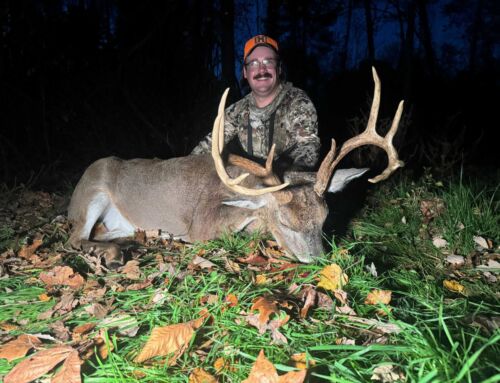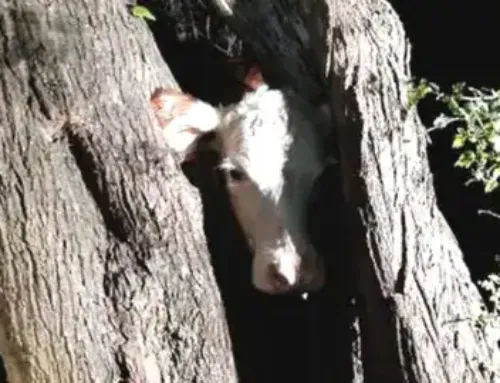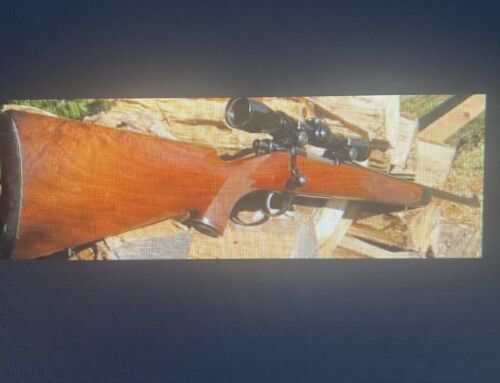 I run a few trail cameras year-round on my hunt property just to see what I might see, but right now is when I start serious recon for the upcoming season. Velvet antlers are up and growing full bore. A buck’s rack will have developed its eight or 10 points in June, and most of the of the tine and beam length will fill in by late July. When you get a single image of a potential shooter, your eyes will pop, and you’ll know it! Then you can scatter more cameras throughout your property to start tracking and narrowing his movements.
I run a few trail cameras year-round on my hunt property just to see what I might see, but right now is when I start serious recon for the upcoming season. Velvet antlers are up and growing full bore. A buck’s rack will have developed its eight or 10 points in June, and most of the of the tine and beam length will fill in by late July. When you get a single image of a potential shooter, your eyes will pop, and you’ll know it! Then you can scatter more cameras throughout your property to start tracking and narrowing his movements.
Mineral Cams
If it is legal to attract deer with mineral licks where you hunt, do it. Building one mineral or bait site for every 50 to 100 acres you hunt is about right. Hook a camera on a tree within 10 feet every lick you create. In a few weeks you’ll get hundreds of images of deer digging and licking dirt. By late August you’ll gather an inventory of the size and age class of most of the bucks on your land.
I like to build mineral sites just inside wood lines near the corners and edges of fields or plots, and close to deer trails where bucks can veer over to work the dirt with minimal effort. These will be your most productive surveillance sites for the next two months.
Food Plot Cams
Our little hunt club has several half-acre clover plots tucked throughout our Virginia woods. We hang a camera on the edge of each and point it out toward the middle where we can cover the entire plot, or most of it. The goal in July is not so much to get a closeup picture of a big deer, you just want to surveille as much ground as you can with wide-angle cams in hopes of getting those first small but telling images of bodied-deer with the tallest racks.
Cropfield Cams
I set multiple cameras on the larger bean and cornfields on the farm I hunt, but as a rule I do not aim those cams out into the middle of the fields. Rather, I try to set field cams 20 or 30 yards back in the thickets that rim the edges, on or near well-used trails that deer walk to get to the crops. Secluded, thick pockets and trails are where you’re apt of get images of a big velvet buck working the area. Gaps in fence rows and open gates near fields are great pinch points for cameras.
Water Cams
Where in the heck to set cameras in the thick, green, muggy summer woods? It’s tricky, but focusing on creeks, beaver ponds and other waterholes is a good way to narrow the woods and get some buck images, especially in drought conditions, as we’re seeing in many parts of Mid-Atlantic and South this summer. Scout and set cameras near creek crossings or pond edges with the most deer tracks. As summer deepens, bucks like to hang out in low-lying areas where it’s cool and shady.
Set some cameras out in good spots these next few weeks, and you can find out not only the fields or plots where a big deer or two are feeding, but perhaps also where they’re bedding in the shady woods near water. Although this initial intel will reveal the bucks’ summer habits, the animals will still be on those patterns when bow season opens in a couple of months.






